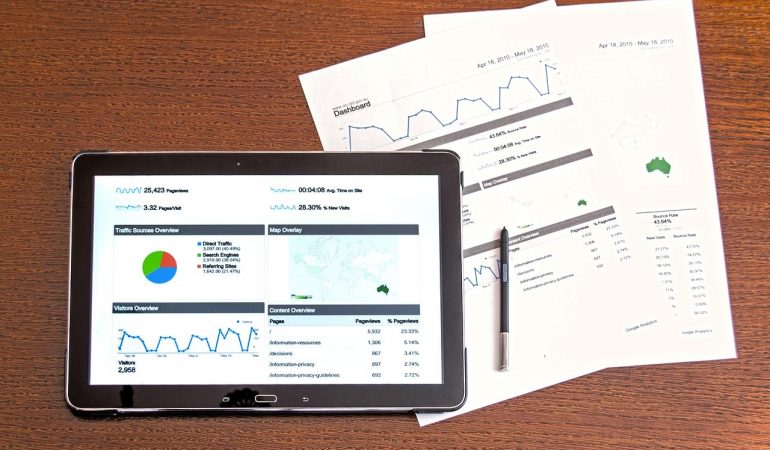5 Benefits of Predictive Analytics for the Insurance Industry
Artificial Intelligence helps insurance companies not only speed up tasks but also make better decisions. In fact, the use of AI in solutions like predictive analytics will open up new opportunities for innovation in the insurance industry and significantly transform the way the insurers assess risk.
In this post, we’ll find out what predictive analytics is and how it benefits the insurance industry.
What is predictive analytics?
Predictive analytics is the technology used to assimilate data into meaningful insights and actionable information. It investigates historical trends, creates risk assessment models based on the available data, and predicts the outcome of future events. All of this is done with the help of tools like machine learning and data analysis software, similar to that which can be found when you click now.
Simply put, predictive analytics tools in combination with platforms like Azure Databricks can collect data to better understand and predict the behavior of the insured. Insurance companies usually collect data from telematics, agent and customer interactions, and social media to manage their relationships, claims, and underwriting.
To get a competitive advantage, insurance providers leverage predictive analytics in multiple areas. The most common uses are listed below.
Identifying and preventing the risk of fraud
The Coalition of Insurance Fraud estimates that $80 billion is lost annually from fraudulent claims in the US alone. For insurers in the United States and Canada, fraud makes up an additional 5-10% of claims costs.
Predictive analytics can help insurance companies create a customer base with information that can be used to see if new policy buyers fall in a group of people who may potentially commit fraud. In fact, the insurer can feed the model with past data and then use it to classify new prospects and customers.
Insurers can use predictive modeling to identify and prevent potential fraud before it happens. When humans fail, predictive analytics can identify mismatches. Many insurers even turn to social media activity to monitor online activity of the insured for signs of fraudulent behavior.
Identifying the risk of customer cancellation
Predictive analytics in insurance is going to help specialists identify customers who are likely to cancel or lower coverage. Advanced data insights that will be available thanks to predictive analytics can help insurers identify clients who are unhappy with their coverage or carrier. Having this knowledge in hand will allow insurers to provide personalized customer experience and alleviate potential issues. Without the use of predictive analytics, insurers can miss these credible warning signs and lose valuable time.
Identifying potential markets
Predictive analytics can help insurers identify and target new potential markets. Collected data can reveal behavior patterns and common characteristics so that insurers know where to target their marketing efforts. When it comes to identifying potential markets, predictive modeling is a great tool to analyze data on social media, as these platforms have become increasingly important these days.
Building better customer service
Data gathered from social media platforms can also help you build better customer service provided by your company. About 60% of Americans say that they regularly interact with companies on social network sites and it made the process easier when it comes to obtaining answers and resolving issues.
Mostly, it happens thanks to big data that assists in the customer service process by automatically understanding the problem, for instance, of a caller and routing it to the respective department. This has become possible because of the preliminary details that the customer has to fill in. The analytical model attached to the policy’s database can better bridge the gap so that customers get what they need as quickly as possible.
Anticipating industry trends and customer needs
Insurance companies are always looking for ways to outpace their competitors, and there’s no better way to do that than by staying on top of the insurance sector’s trends. The focus of predictive analytics is on anticipating trends before they happen so that it will be possible to minimize risks for businesses. With the help of predictive analytics models and tools, organizations can use historical and real-time data to anticipate industry trends and customer behaviors.
Conclusion
These days more and more insurers use predictive analytics tools to gain actionable insights and forecast future events. It provides insurance companies a competitive advantage that saves time, resources, and money while helping insurers plan and act more effectively. Apart from gaining insights and helping in risk management, data analytics can also help understand if a person qualifies for insurance coverage. What does his social media activity look like? What are his hobbies? Has he lied in the application? All of this can be extracted through the proper use of data analytics tools.




